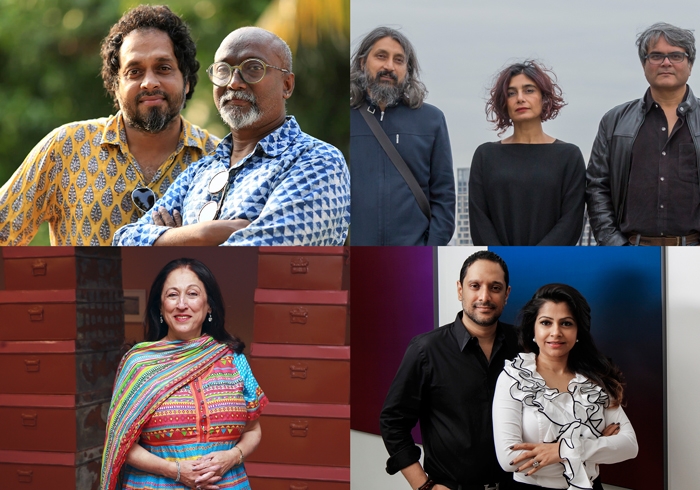“Look at the way China has got representation in art. When the crash in 2008 happened, their art market was even worse off than ours. But today it has jumped many fold. But it is very good that we are getting much more acceptance.” Speaking to Indian broadsheet DNA, Kiran Nadar, founder of Kiran Nadar Museum of Art (India’s first private art museum, with two venues in New Delhi and Noida), is not overwhelmed by South Asia’s presence in the global art scene.
It’s true that there are only four entries on the 2017 list hailing from South Asia – only one more than last year. But, joined by the Bangladeshi collectors Nadia and Rajeeb Samdani, South Asia is beginning to exert greater clout in the artworld. It’s an upward trajectory propelled not least by the work of Nadar; Having hosted an impressive series of shows from solo exhibitions for modernists such as M.F. Husain, F.N. Souza and S.H. Raza, together with larger group shows such as Stretched Terrains and Enactments and each passing day, her role in the promotion of Indian art on the global stage sees her arrival on the Power 100 list. And Nadar’s influence goes beyond the walls of KNMA. This year, and with a more global outlook, she has coproduced and loaned works to Documenta and supported Nalini Malani’s retrospective at Centre Pompidou as well as an exhibition of Jayashree Chakravaty’s work at Musee Guimet (both in Paris).
Equally ramping up their position on the international art scene are Jeebesh Bagchi, Monica Narula and Shuddhabrata Sengupta of Raqs Media Collective, who this year had 11 solo shows around the world, including their first major UK solo exhibition at the Whitworth Museum in Manchester. Meanwhile, based in India’s southwestern state of Kerala, artists Riyas Komu and Bose Krishnamachari held their third edition of the Kochi-Muziris Biennale (which ended in March this year and was guest curated by artist Sudarshan Shetty), bringing in 97 artists from 31 countries to participate in the event. Komu has also been working on creative and cultural hub URU Art Harbour in Kochi, to promote the making and showing of contemporary Indian art. And a little further east, the Samdanis are getting ready to host their fourth edition of Dhaka Art Summit in February 2018 (which will showcase the Samdani Art Award for Bangladeshi artists), as well as preparing to open an art centre and sculpture park in the city of Sylhet. While Nadar’s comments to DNA touch on the historical lack of government support for contemporary art, with sustained initiatives like these, art in South Asia looks like it might have a promising future.
